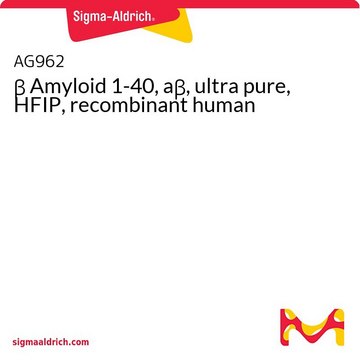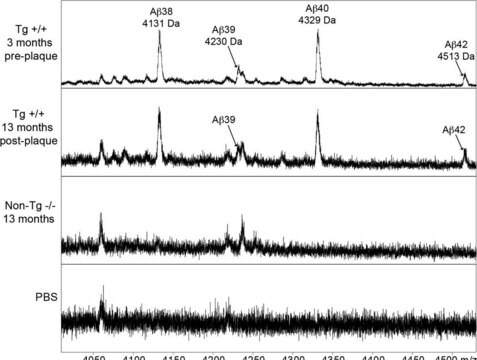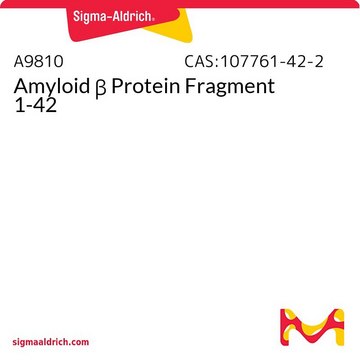A8326
Anti-β-Amyloid Protein (1-40) antibody produced in rabbit

whole antiserum
Synonym(s):
Anti-AAA, Anti-ABETA, Anti-ABPP, Anti-AD1, Anti-APPI, Anti-CTFgamma, Anti-CVAP, Anti-PN-II, Anti-PN2, Anti-alpha-sAPP, Anti-preA4
About This Item
Recommended Products
biological source
rabbit
Quality Level
conjugate
unconjugated
antibody form
whole antiserum
antibody product type
primary antibodies
clone
polyclonal
form
liquid
contains
15 mM sodium azide
species reactivity
human
enhanced validation
independent
Learn more about Antibody Enhanced Validation
1 of 4
This Item | 904767 | 904945 | 904953 |
|---|---|---|---|
| form powder | form powder or crystals | form powder or crystals | form powder or crystals |
| Quality Level 100 | Quality Level - | Quality Level - | Quality Level - |
| mp >300 °C | mp >300 °C | mp >300 °C | mp >300 °C |
| impurities ≤15 wt. % ethylene glycol | impurities - | impurities - | impurities - |
General description
Immunogen
Application
- immunocytochemical localization of Aβ peptides
- immunocytochemistry
- immunoprecipitation
- focused ultrasound-microbubble enhanced antibody delivery (FUS-MB)
Biochem/physiol Actions
Rabbit Anti-β-Amyloid Protein (1-40) antibody does not stain control sections of normal brain tissues.
Physical form
Disclaimer
Not finding the right product?
Try our Product Selector Tool.
related product
Storage Class Code
10 - Combustible liquids
WGK
WGK 3
Flash Point(F)
Not applicable
Flash Point(C)
Not applicable
Certificates of Analysis (COA)
Search for Certificates of Analysis (COA) by entering the products Lot/Batch Number. Lot and Batch Numbers can be found on a product’s label following the words ‘Lot’ or ‘Batch’.
Need A Sample COA?
This is a sample Certificate of Analysis (COA) and may not represent a recently manufactured lot of this specific product.
Already Own This Product?
Find documentation for the products that you have recently purchased in the Document Library.
Customers Also Viewed
Our team of scientists has experience in all areas of research including Life Science, Material Science, Chemical Synthesis, Chromatography, Analytical and many others.
Contact Technical Service

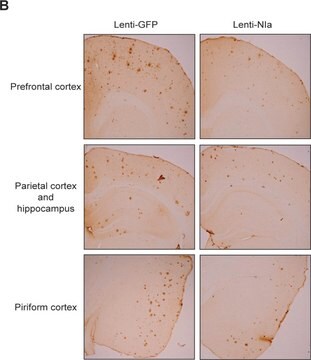

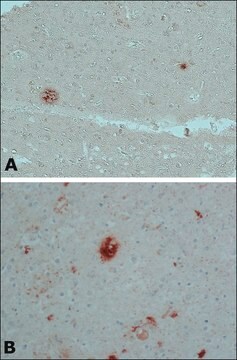
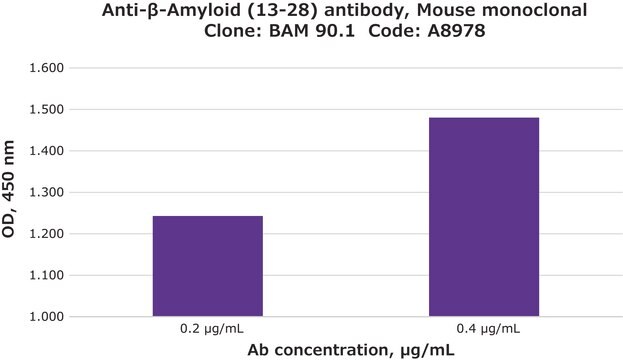
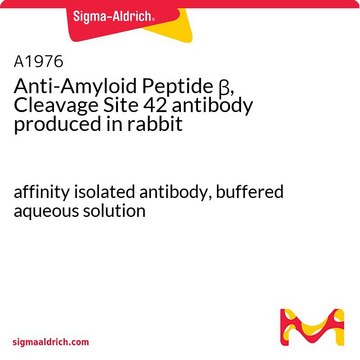
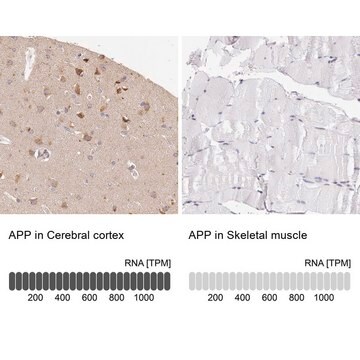

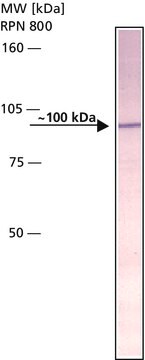
![[Ru(bpm)3][Cl]2](/deepweb/assets/sigmaaldrich/product/structures/409/623/77fb16dd-36fb-4159-9213-b4d57470be15/640/77fb16dd-36fb-4159-9213-b4d57470be15.png)
![[Ru(phen)3]Cl2 ≥95%](/deepweb/assets/sigmaaldrich/product/structures/955/596/46f63eaa-39f8-4058-847d-cef0862ada92/640/46f63eaa-39f8-4058-847d-cef0862ada92.png)
2 ≥95%](/deepweb/assets/sigmaaldrich/product/structures/190/371/c5efe61d-383f-4364-90c6-1912d88674f3/640/c5efe61d-383f-4364-90c6-1912d88674f3.png)
2 ≥95%](/deepweb/assets/sigmaaldrich/product/structures/238/198/d2398f4d-117e-4482-8d8b-80ae657f6ea1/640/d2398f4d-117e-4482-8d8b-80ae657f6ea1.png)

